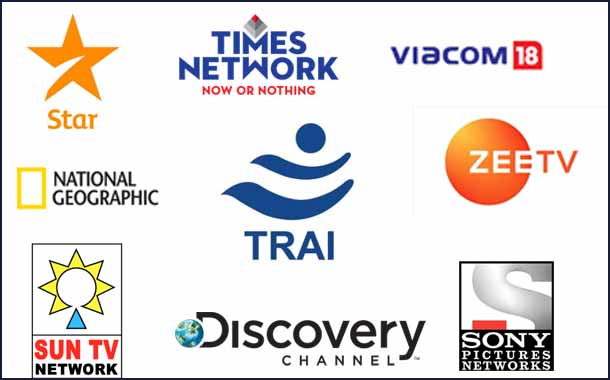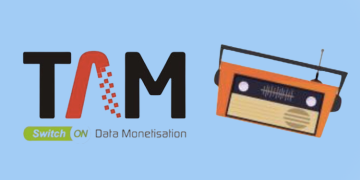New Delhi: With the deadline for the rollout of new Tariff Regime by TRAI nearing, as many as 332 channels out of 800+ TV channels in India have declared their prices. The remaining 470 or so channels can be assumed to be free-to-air (FTA).
Within the 332 pay channels, 232 are transmitting in standard definition (SD), while the remaining 100 are HD channels. Out of the 232 SD channels, 57 are priced at Rs 10 or more, while the remaining 175 channels are priced at Rs 9 or lower.
A detailed study in to the a-la-cart pricing of Pay Channels indicates that Star India is the most expensive, followed by Zee and Sony.Going by the average numbers, the highest number of pay channels are with the Zee Group — including both entertainment and news channels, followed closely by Star India and TV18 Groups.
Including its Regional Channels, Star India has a total of 51 pay channels, out of which 23 channels are priced at Rs 19 each. Only five are priced at Rs 1 each. All of Star India’s pay would cost a whopping Rs 646 per month. However, Star India has unveiled Star Value Packs with customised plans for various regions across India in order to suit the needs of various sections of subscribers and rolled out massive campaign targeting the potential audience.
Zee Entertainment has a total of 41 channels, out of which 19 are priced at Rs 19 each.The average price of a Zee Entertainment pay channel is Rs 12.32 per month (see chart above). All of Zee Entertainment’s pay channels one by one, you would end up spending Rs 505 per month.
Sony Pictures Network has declared 25 pay channels with an average price of Rs 12 per month.Together, they cost Rs 301 per month if purchased individually.
The average pricing of channels under the new scheme for Sun TV Network, that has a total of 33 channels priced at an average of Rs 11 per month. The total cost of the individual channels works out to Rs 362 per month.
Viacom 18 has a total of 32 pay channels. However, unlike the other four companies mentioned above, the pricing of Viacom18’s channels are considerably lower.The average price of a Viacom18 pay channel is only Rs 7.80 per month. The total cost of all 32 channels is Rs 250 per month.
Other broadcasting companies, such as the Times Group, Turner, Discovery, TV18 News, Zee News and NDTV all charge much lower for their channels.Times Group, for example, charges an average of Rs 7 per month for its 11 channels, followed by Turner at 6.4 rupees.
National Geographic and Discovery Communications are the cheapest providers of pay channels, at just Rs 3 per channel on average.Discovery has a total of 13 pay channels in India and it would cost you Rs 36 to subscribe to all of them individually. Discovery also has among the cheapest channel bouquets as well. It’s competitor National Geographic has 9 pay channels under the new system that comes into effect on December 29. The total cost of these 9 channels works out to Rs 23.
Among news channels, NDTV’s average price is Rs 2, while that of TV Today is Rs 1.3 and News18 has an average price of Rs 0.90. Zee News’ average price is 50 paise per month. It should be noted that most of the news channels are free.
Things are pricier when it comes to HD channels. Out of the total 100 pay HD channels, only 31 are priced less than Rs 10. Out of the remaining 69 channels, 44 are priced at Rs 19 per month. This is more than in case of standard definition, where only 25 channels are priced at Rs 19 each.
The above calculations are based on the individual channel price. However, in addition to individual channels, the broadcasters also offer packs that are designed to be much cheaper.
If a consumer buys all the broadcaster packages, it will still cost him or her around Rs 600 per month, including capacity charges and tax.
Meanwhile TRAI has assured that the new regime will only help consumers and slammed the “misinformation campaign” being carried out by some to fuel “hyperbolic fear” among consumers.
“This is a great framework which has been validated by the highest court of the land, but there are certain stakeholders who are trying to create misconceptions that consumer bills are going to rise. It is bogus,” Sharma said without naming anyone.

















